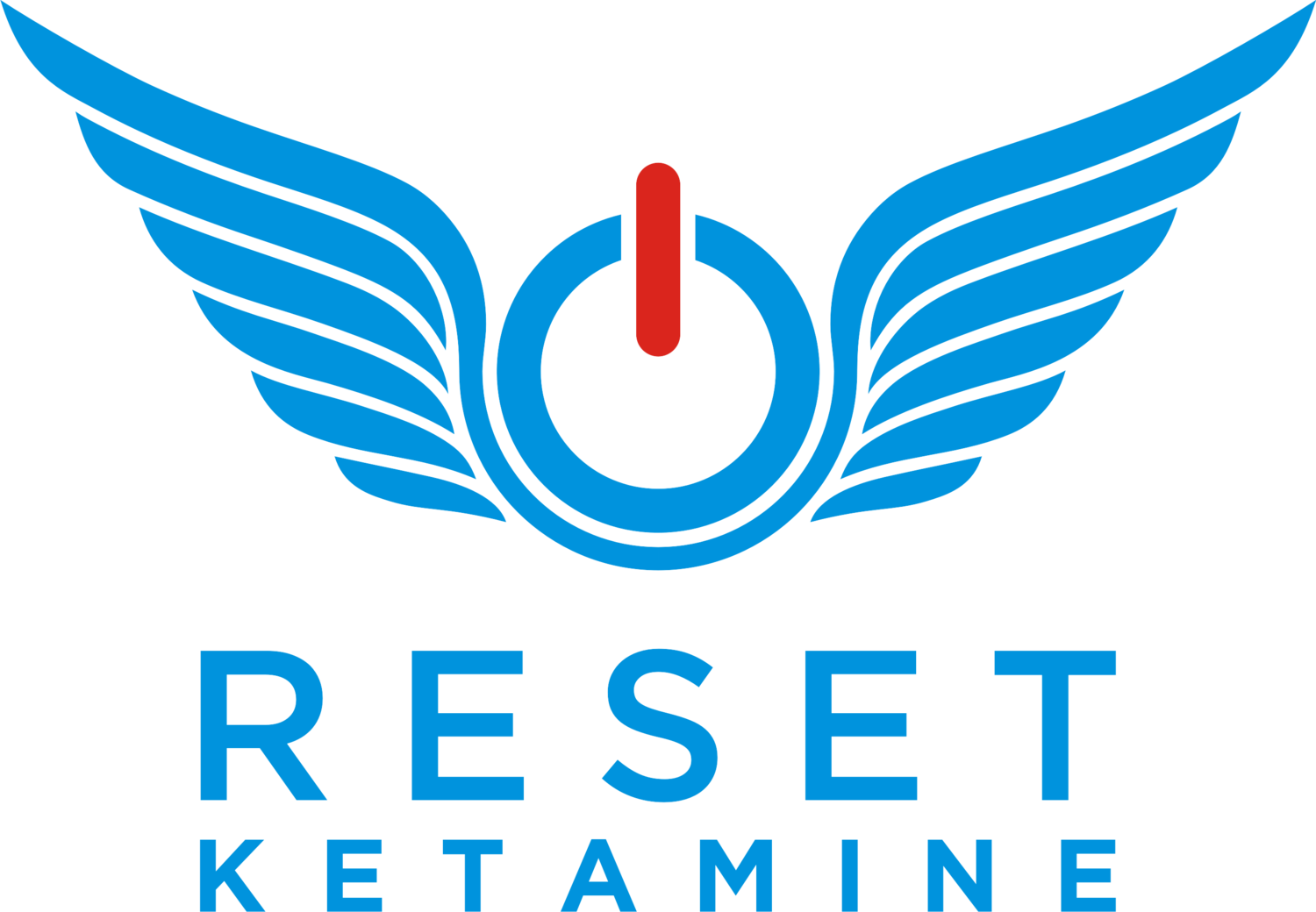Ketamine is an old drug but is being used in a revolutionary way. Ketamine has been found to rapidly and effectively treat treatment resistant depression (TRD). People who failed traditional treatment are now finding relief and recovery. So how does it work?
Ketamine targets the neurotransmitter glutamate, an excitatory messenger which turns on neurons to trigger electrical impulses. Ketamine stops the electrical impulse triggered by glutamate by blocking the N-methyl-D-Aspartate (NMDA) receptor.
Glutamate plays many important roles in normal and abnormal physiological processes including the following (1):
Nerve cell growth, differentiation, function, and maintenance, as well as neurocognitive functions (i.e. learning and memory)
Modulation of other neurotransmitters, nerve cell damage, and death
Direct or indirect involvement in mood and anxiety disorders, schizophrenia, substance abuse, and various neurodegenerative disorders such as cerebrovascular attacks and other traumatic brain injuries, Alzheimer’s disease, amyotrophic lateral sclerosis (ALS)
Exactly how ketamine’s ability to block the NMDA receptor results in improvement of depressive symptoms is not clear yet. Haley and Litteljohn, demonstrated ketamine could modify the neuronal connections in the brain which would result in changes in consciousness, sense of self, and rumination (2).
More than 50 years ago, glutamate-modulating therapy in the treatment of mental disorders were first noted. In 1959 Crane found high doses of cycloserine, an antibiotic originally developed to treat tuberculosis, had a significant antidepressant effect. At high doses of this medication, cycloserine is an NMDA receptor blocker. Unfortunately this medication had serious adverse neuropsychiatric side effect (3,4).
Thankfully, ketamine doesn’t have adverse side effects like cycloserine. Glutamate is a major player in our nervous system. We can look forward to future research to unlock the exact secrets of glutamate’s role in depression.
References:











This blog explores whether repeated ketamine infusions are safe over time, plus stresses the importance of communicating with your provider about any potential side effects.